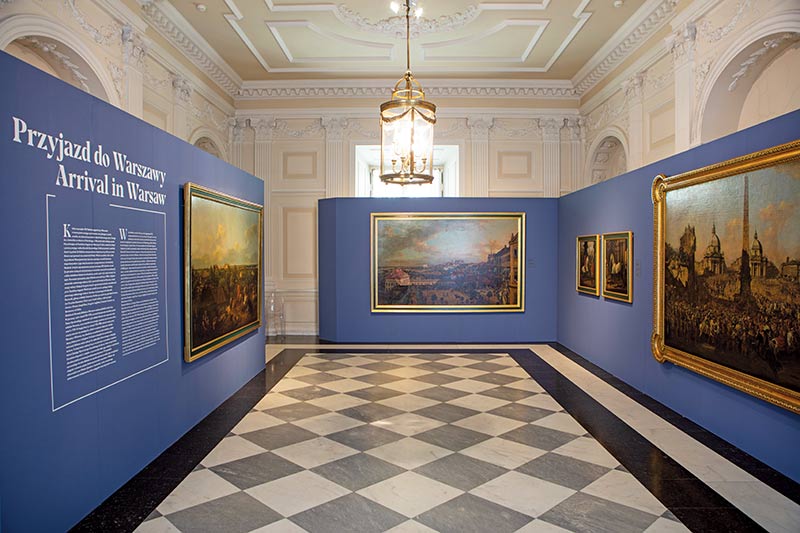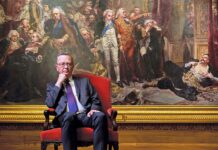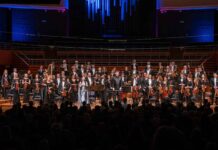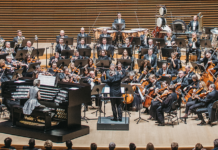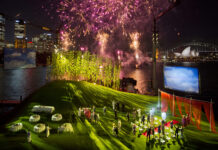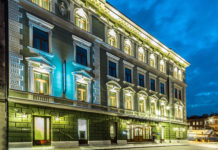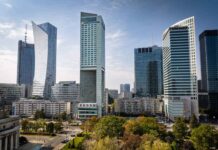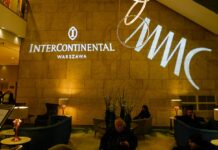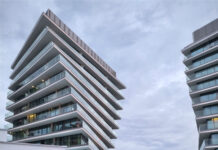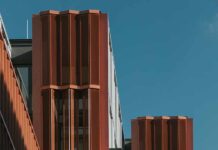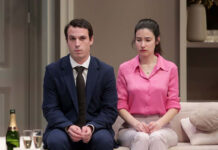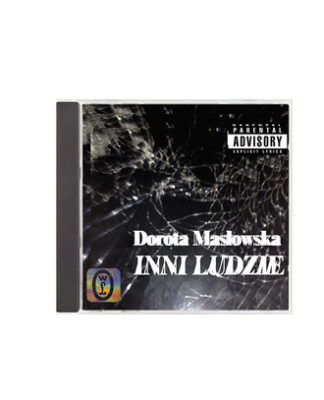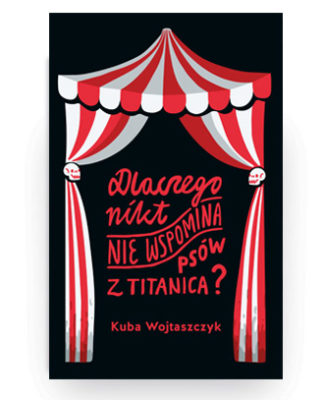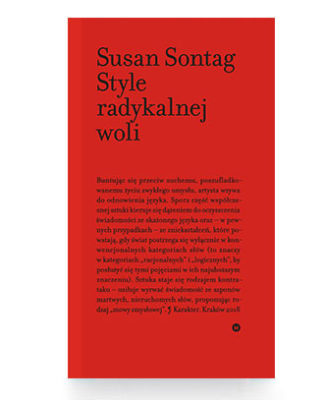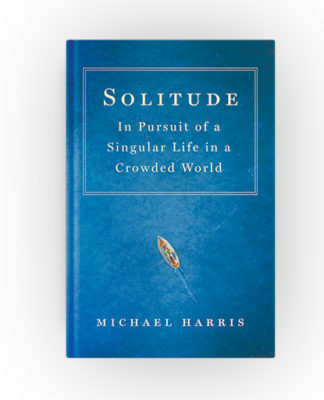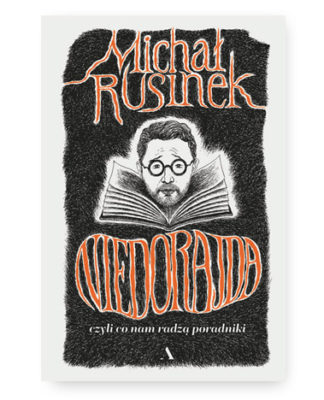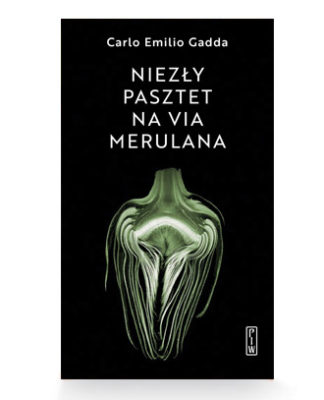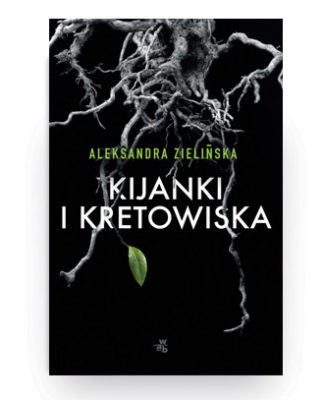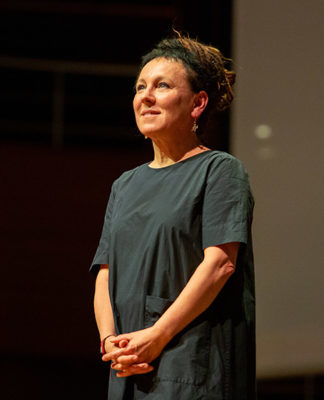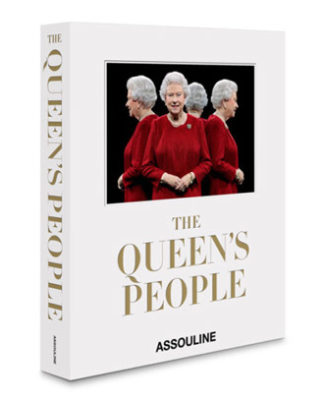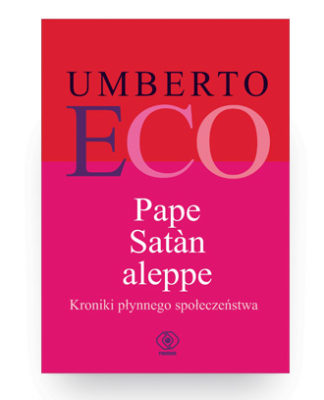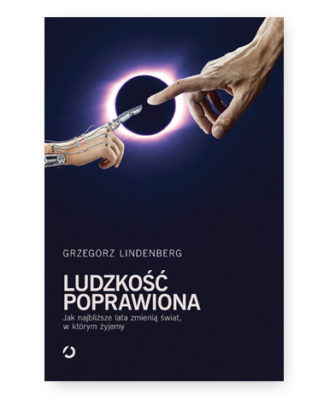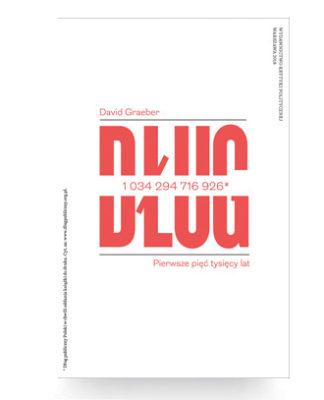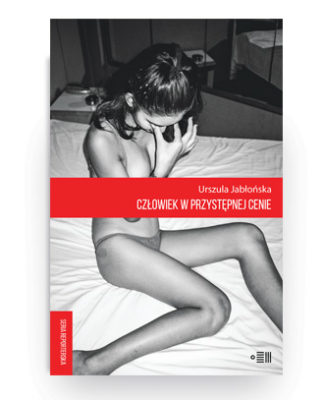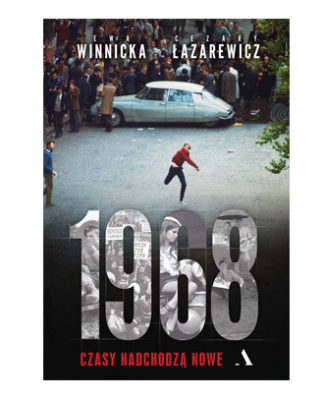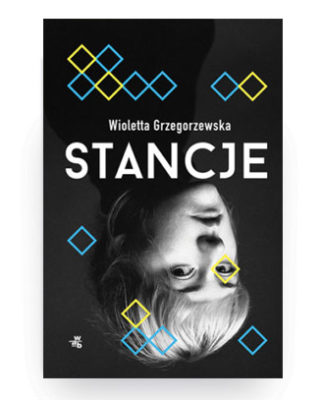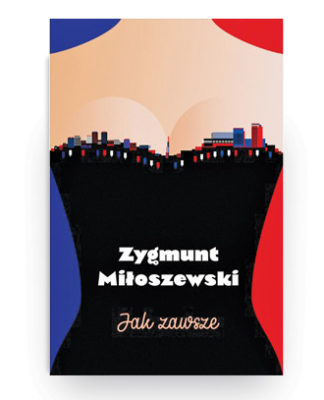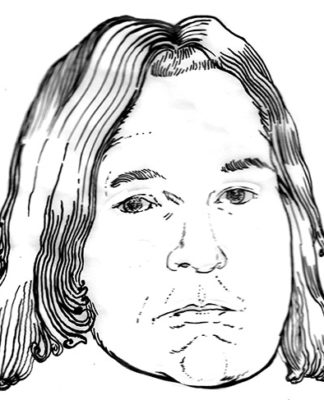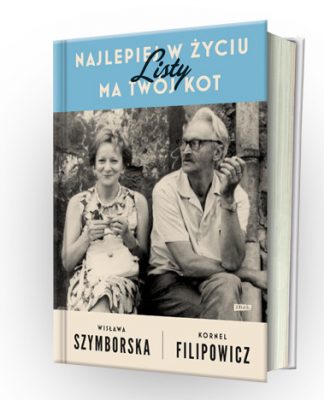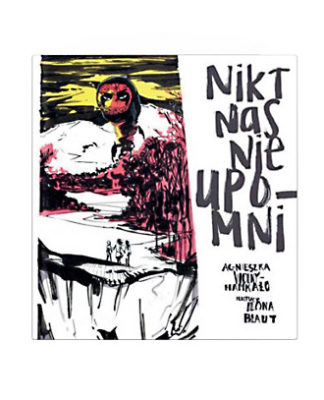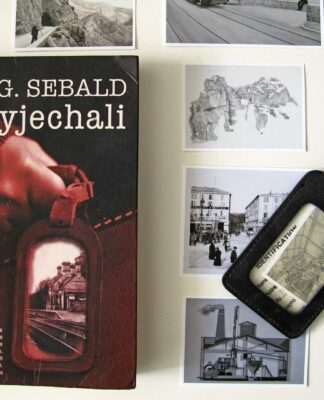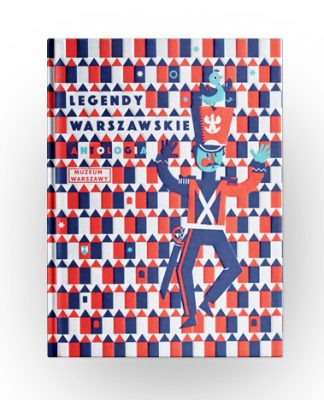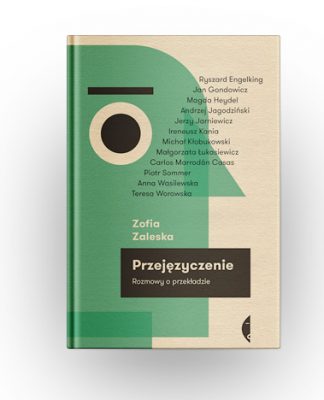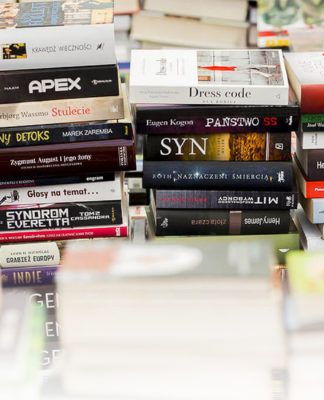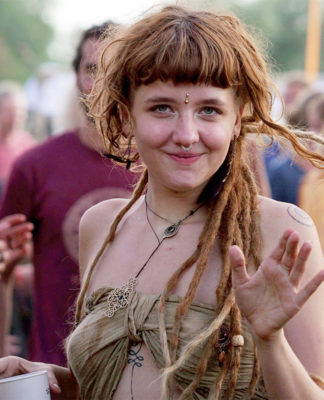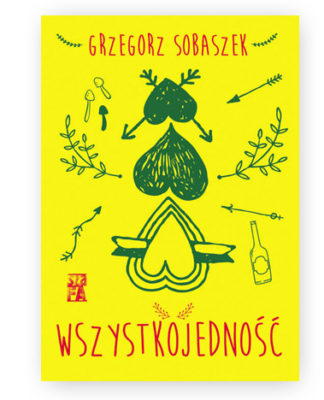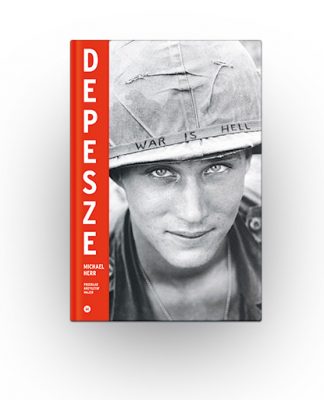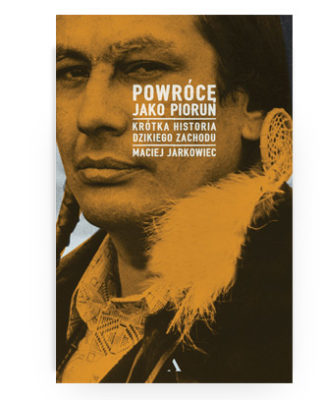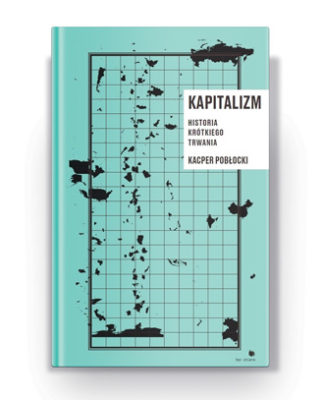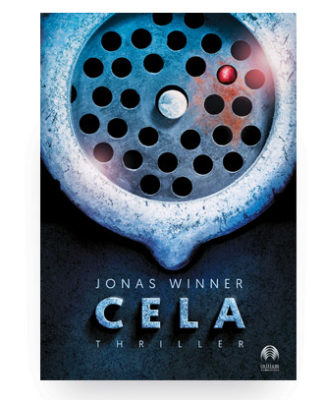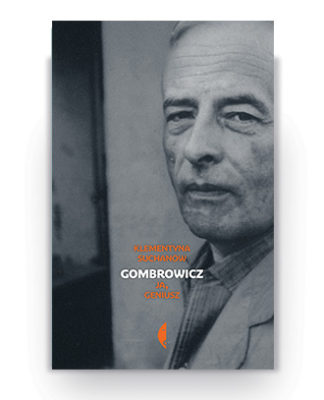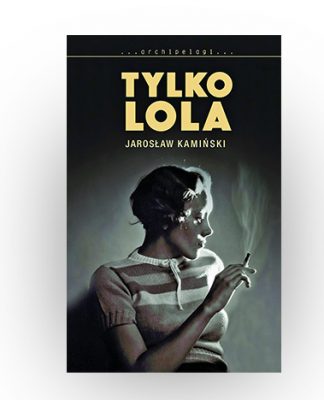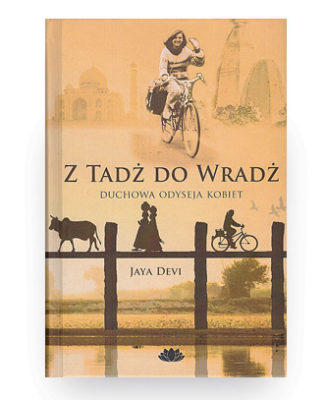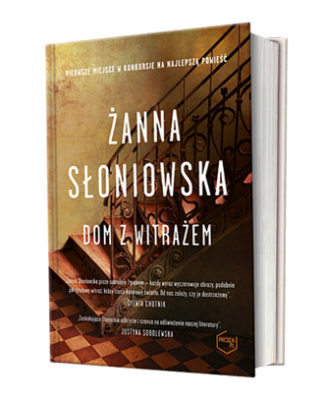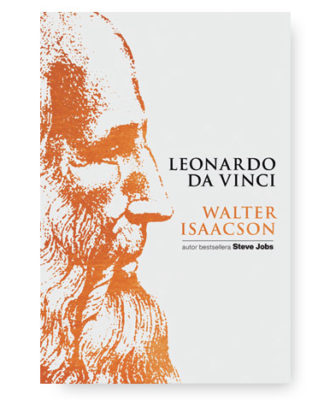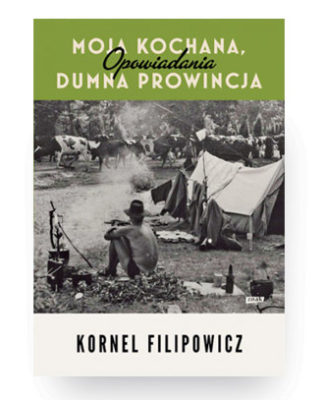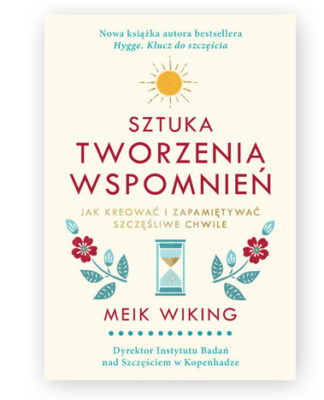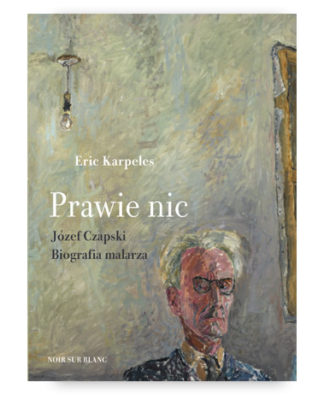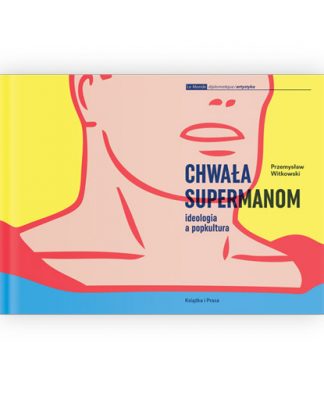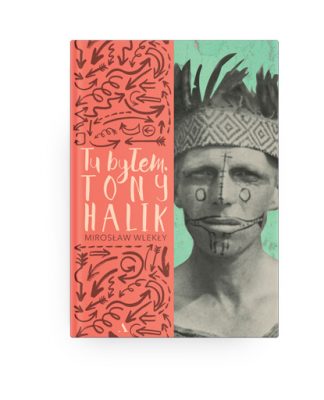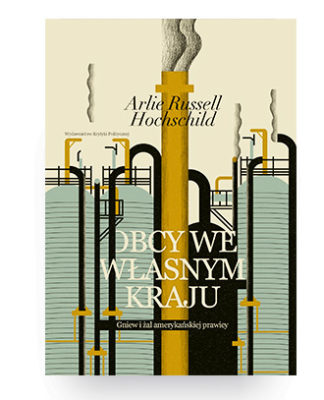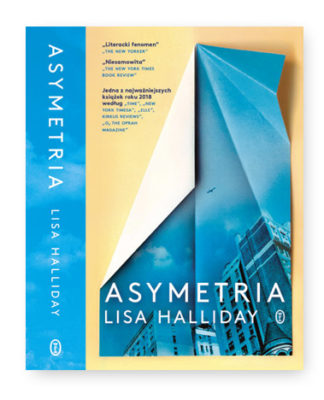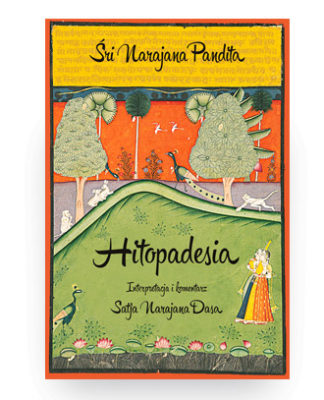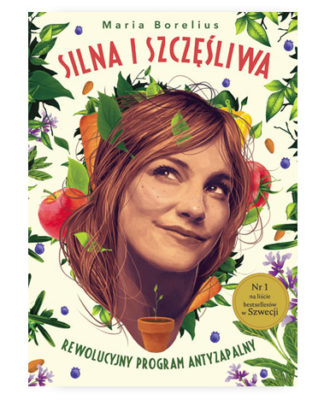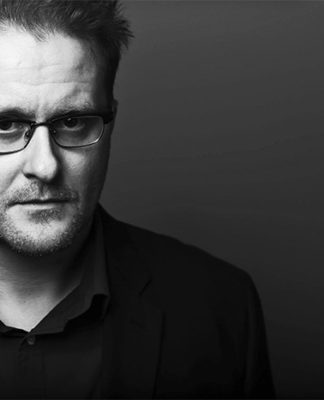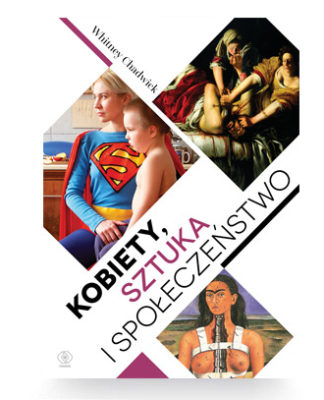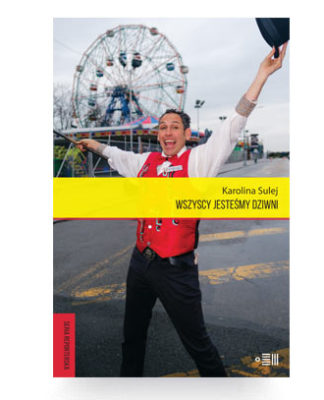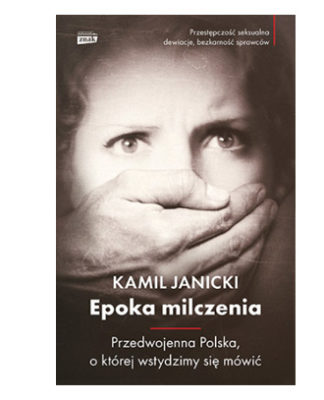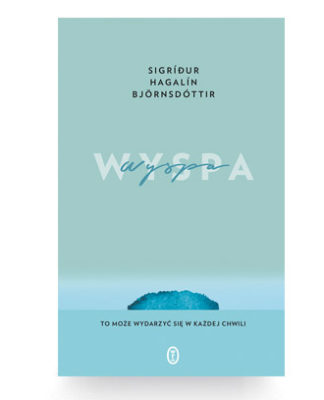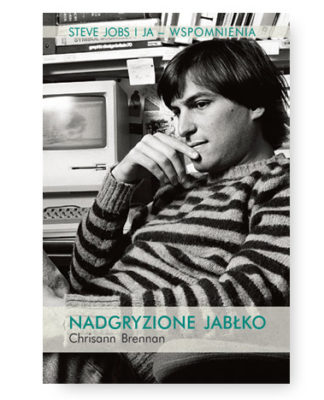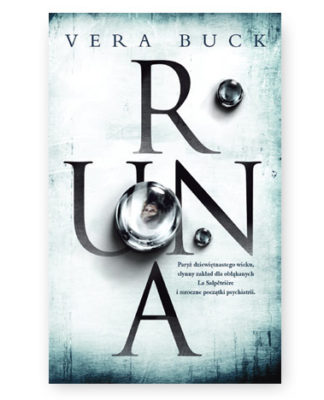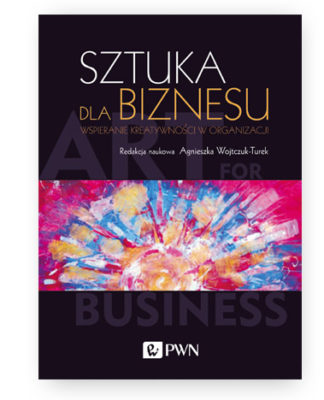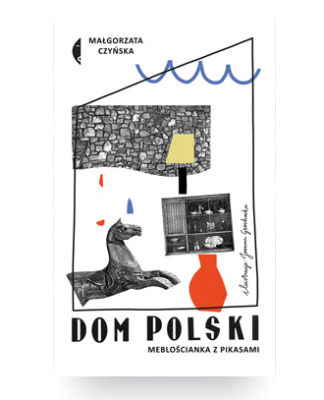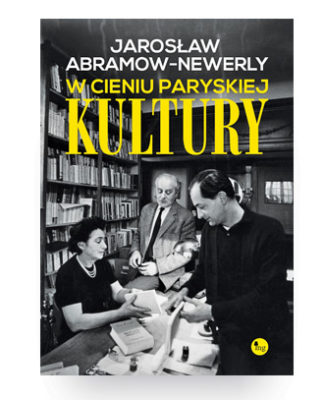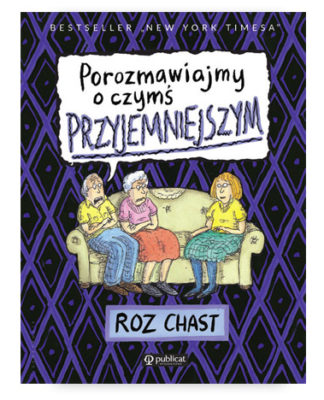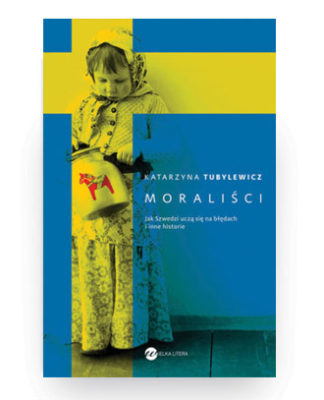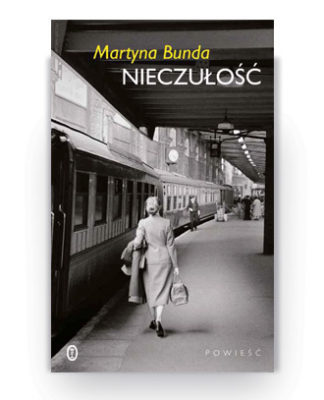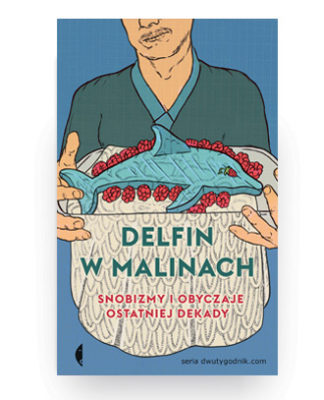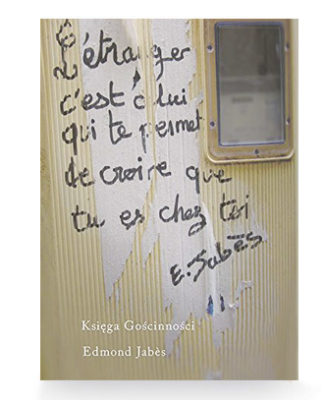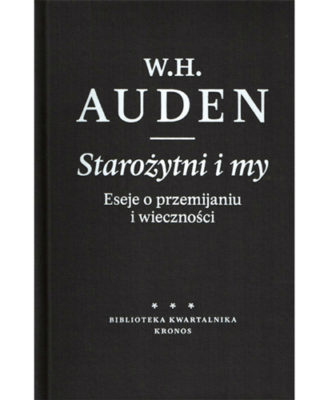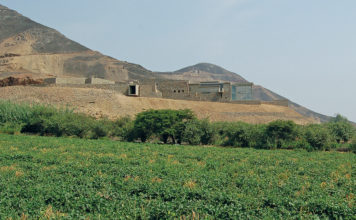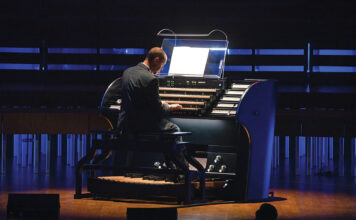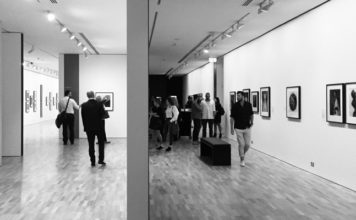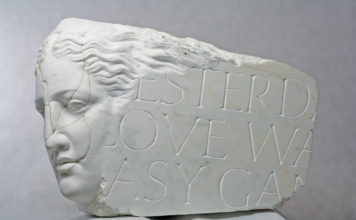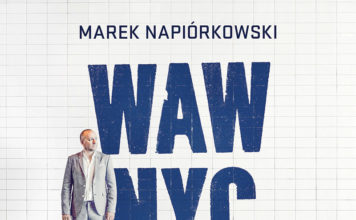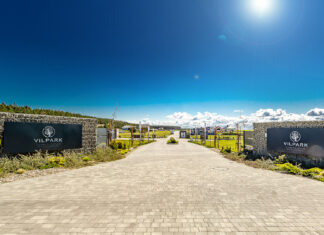It has become something of a tradition to look back over the year that was with the director of the Royal Castle in Warsaw, Professor Wojciech Fałkowski, and to find out what the coming season has in store.
🇵🇱 Dokonaia i wyzwania
Text: Beata Brzeska
Photos: Michał Zagórny/Zamek Królewski w Warszawie
The last year was even more out of the ordinary than those preceding it. Did the war in Ukraine affect the work of the Castle and its plans?
The war greatly affected the Castle, because after the Russian attack on Ukraine, we had to abandon the planned exhibition about Stanisław August Poniatowski’s library. Most of the exhibits were to come from Kiev, and the opening date was set for March. The outbreak of war made it impossible to either transport or properly curate the exhibition. We haven’t given up completely, and we intend to remount the show at a convenient and appropriate time. Nevertheless, a very good catalogue has been published, which contains texts about the unique nature of the Royal Library, which in fact served as a research lab, a meeting room, and a place for debates and symposia to be held. It’s all in this publication. However, the exhibition itself must wait.
Fortunately, other events took place without too much difficulty. Perhaps the most significant was the cross-sectional exhibition of works by Bernardo Bellotto, commonly known as Canaletto, and Jean-Pierre Norblin de La Gourdaine.
Yes, they were two major achievements. Bernardo Bellotto, painter of the court, Warsaw and the king himself, is well-known in Poland because we have his beautiful and important collection of Warsaw vedutas. He was a superb portraitist of cities. Before Warsaw, he painted scenes of Dresden, Vienna, Munich …
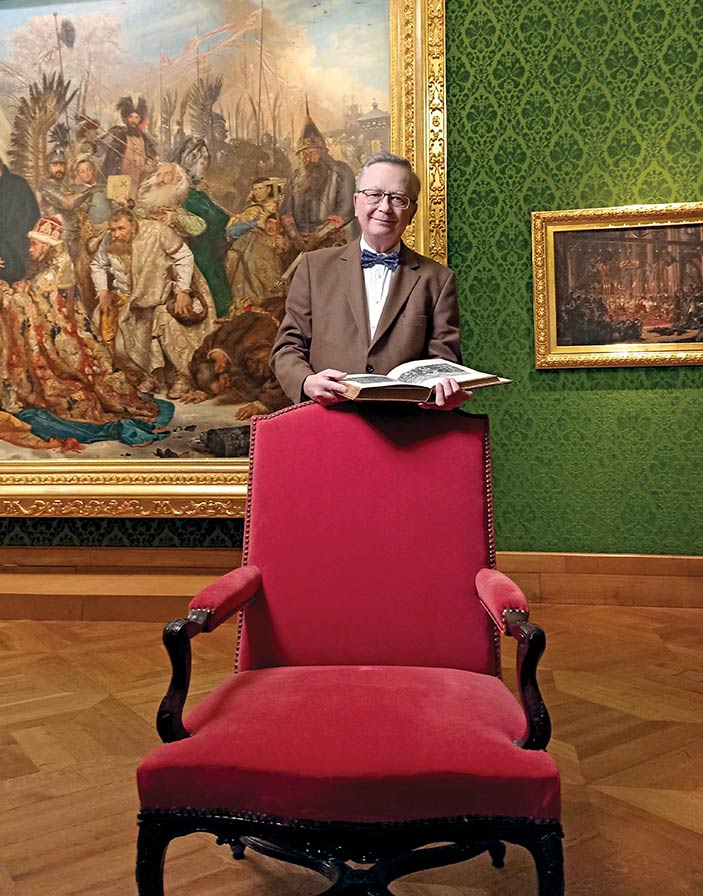
… and Venice? He must have made a few before his departure.
Yes, Venice too, at the very beginning. He began his career in the studio of his uncle Antonio Canal, but it seems that he surpassed him in his craftsmanship.
His paintings are not only those documenting views of the city, but also everyday life. His vedutas are infused with a sense of space, you can clearly see the perspective in their depths. They show cityscapes and street scenes, but you can also feel the atmosphere and heartbeat of the city. It is a way to travel 250 years back in time. The exhibition was created in cooperation with Dresden’s Gemäldegalerie [in the Zwinger].
They couldn’t have put together such an exhibition without us, and we couldn’t have done it without them either. The exhibition includes 150 different works, and it is also the largest exhibition created anywhere in the world in recent years. In Poland, Bernardo Bellotto’s monographic exhibition took place 60 years ago, so it was high time we recalled these works, and the pretext was given by the anniversary of the artist’s birth 300 years ago. The castle derived great pleasure in this undertaking, and the preparations took more than four years. We are keen to see where this exhibition leads, through the acquisition of more single works and series featuring urban vedutas from the beginning of the 18th century. For example, during an auction in mid-November, we bought an unusual painting by Bellotto titled Equestrian Portrait of Page Gintowt. There are only four examples by him of a portrait on horseback, called a manège, and when it came up at auction, the Castle managed to buy it with the help of state-owned companies. It all happened very quickly, and the painting has been on display at the Castle since mid-December.
Canaletto’s exhibition was accompanied by two others, not directly related to him – an exhibition of vedutas on porcelain and another of fragments of porcelain found during various earthworks in Warsaw. Was it a coincidence that these exhibitions were presented concurrently, or was it a conscious decision to approach the subjects in a broader context?
It was definitely a preconceived notion. When it comes to landscapes on porcelain, one might imagines a small exhibition, but vessels with painted urban scenes from various European museums arrived, and this was the prelude to the large monographic exhibition. In addition, we bought a jug not so long ago, on which you can see a reproduction of a painting by Bernard Bellotto. So the images on the vessels are not incidental vedutas, but the works of specific artists. Furthermore, we have been thinking about the destruction of Warsaw for a long time. Every now and then we find broken porcelain fragments from the 18th century. Currently they are finds dug up on the site of the Saxon Palace, but earlier the same remnants were unearthed in the Castle, its gardens and cellars. So we wanted to show the fate of the city and the Castle itself through the prism of broken porcelain. Sometimes glued back together, sometimes surviving and unbroken, but with visible traces of the fire. The colours on the porcelain may have lost their lustre, turning dark, grey or sometimes completely black, and we compare them with untainted objects, so you can see the difference.
Yes, it is a strong and poignant symbol of our city, both fragile and strong at the same time. Was Warsaw the leading theme last year? Apart from the Bellotto retrospective, there was also an exhibition devoted to Jean-Pierre Norblin de La Gourdaine, who also fell in love with Warsaw and settled here for many years.
Yes, Warsaw is indeed central to our programming, but the main themes of the exhibitions you mentioned are different. The first is „great art”, because contrary to the opinions of some, these views and portraits of cities can be fascinating. They really captivate with
their charm, liberal approach to technique and, of course, fidelity to the message they are trying to convey.
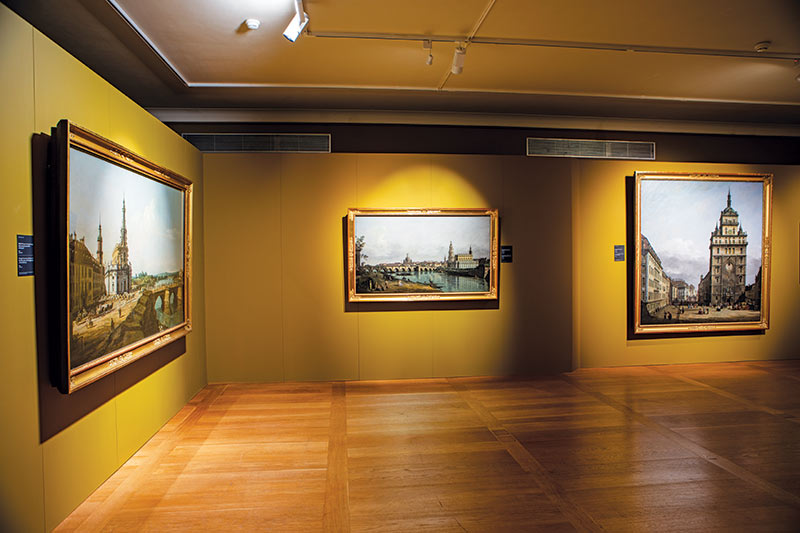
During the post-war reconstruction of the capital, certain architectural elements were modelled on Bellotto`s works, weren’t they?
Yes, that’s true. The city’s preserved foundations, architectural plans and photographs formed the basis for the reconstruction, but where more detail was required to precisely reproduce a fragment of stucco or decoration, Bellotto’s paintings were also used. As a documentarian, he was really very good, but he went beyond the framework of faithful, photographic representation of reality. On top of that, there’s the matter of Polish culture. We need to remember that Bellotto, an Italian, and Norblin, a Frenchman, as well as Bacciarelli, not only forged careers and earned money here, but they also absorbed the local culture. They became either Poles or ambassadors of Polishness. What these two exhibitions have in common is the greatness of Polish culture and its power of attraction, coupled with excellent artistic execution.
It begs the question why Poles don’t appreciate what foreigners do.
As to why our local artists are so poorly represented in our art history and culture is a major issue, but a separate one.
On the other hand, Bellotto painted Warsaw instead of his native Venice. The artist decides.
That’s right. After he left his city in search of a career, money and fame, he never returned. He made the journey north in several stages: Vienna, Dresden, Munich and finally Warsaw. And he was also thinking about St. Petersburg, because his destination was the court of Empress Catherine. However, he spent his last years here, and they were probably his most prolific. He was already a mature artist, very aware of his craft, and at the same time still possessed of great ideas. There’s a lot more to his paintings than their photographic accuracy.
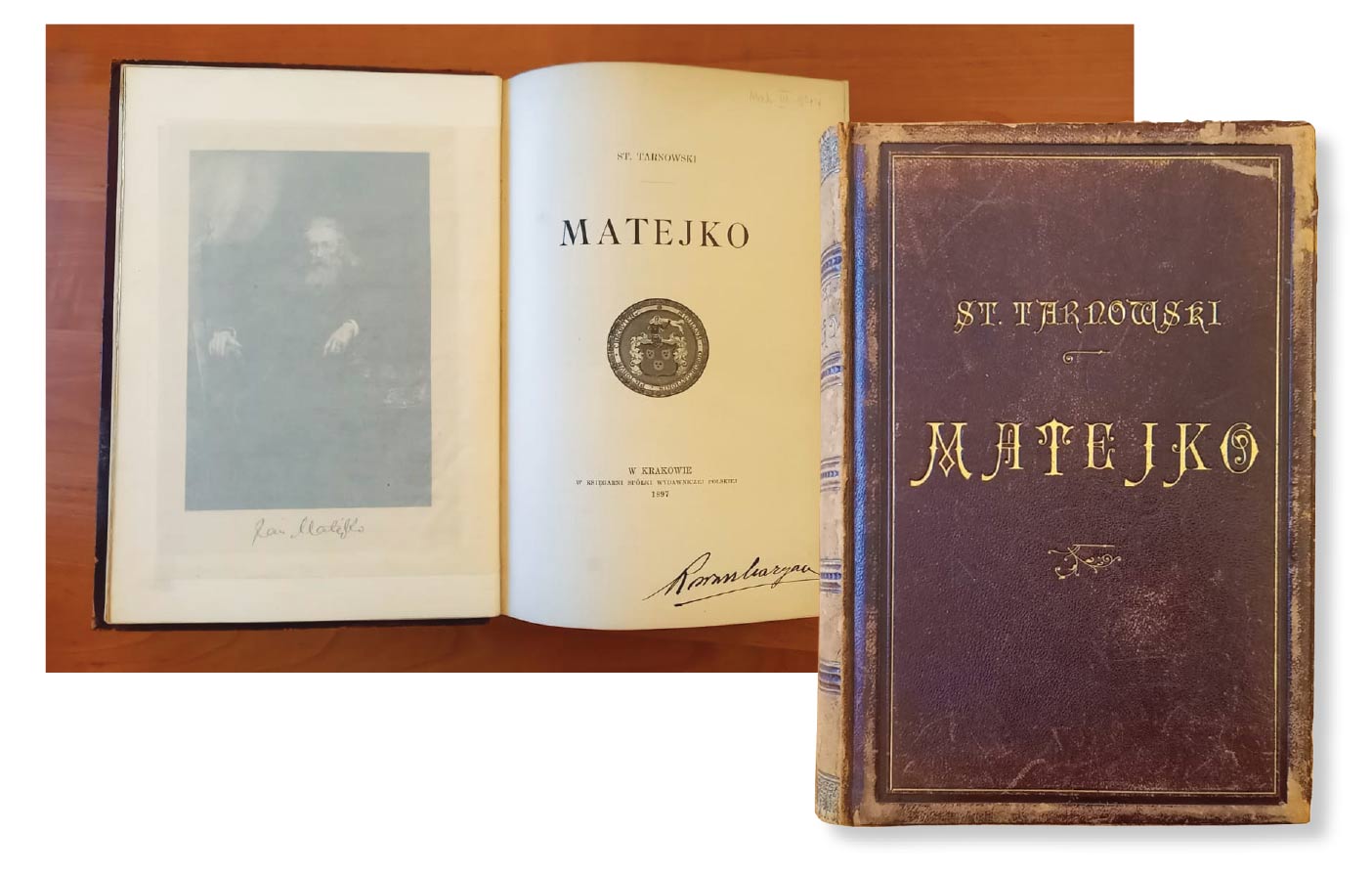
Last year, you mentioned that you were embarking upon a major project to refresh and enrich the Castle’s Gallery of Masterpieces. Last year we also had the paintings of Uccello and Botticelli. What are your plans for this year?
At the moment, we have several very attractive opportunities. However, at the moment, it is difficult for me to say to what extent they will come to fruition. Although not in the Gallery of Masterpieces, where Botticelli’s exhibition was held, we will have an exhibition of 15th-century Italian art – you could say Florence and the surrounding area, because Florence already dominated Tuscany politically and artistically in the 15th century. The Castle will continuously celebrate the Italian Quattrocento and this exhibition, which we want to organise in the middle of the year, is set to become an international event. We will be bringing objects from Los Angeles, London, many Italian cities and German galleries. It is a huge undertaking, very expensive and logistically very complicated. It will certainly resonate with people throughout Poland. In addition, we are planning two exhibitions related to our history – the anniversaries of the January Uprising and Copernicus’ birth. The latter will not only look at this great man’s achievements, but his surroundings too. In addition to the collection of Jagiellonian University’s Collegium Maius in Cracow, which approached us to organize the exhibition in Warsaw, we will also receive objects from Uppsala and Paris. It will be another exhibition bringing together, for the first time, various types of objects: scientific instruments, books and paintings.
So again, a topic shown on various levels, and not only from the perspective of art history.
We want the Castle to be present in the discourse around Polish history at all academic levels. In addition to great artistic events, from which are not shying away, we also have a few surprises up our sleeve. These will be largely historical exhibitions relating to the curriculum.
Educational?
Yes, but at the same time clearly with an emotional message, because the exhibition about the January Uprising will be moving. This is a story about a wartime uprising, but at the same time about love for the homeland. These impulses in defense of freedom, tradition and our identity can be difficult to explain, and they will constitute the second leitmotif of this exhibition.
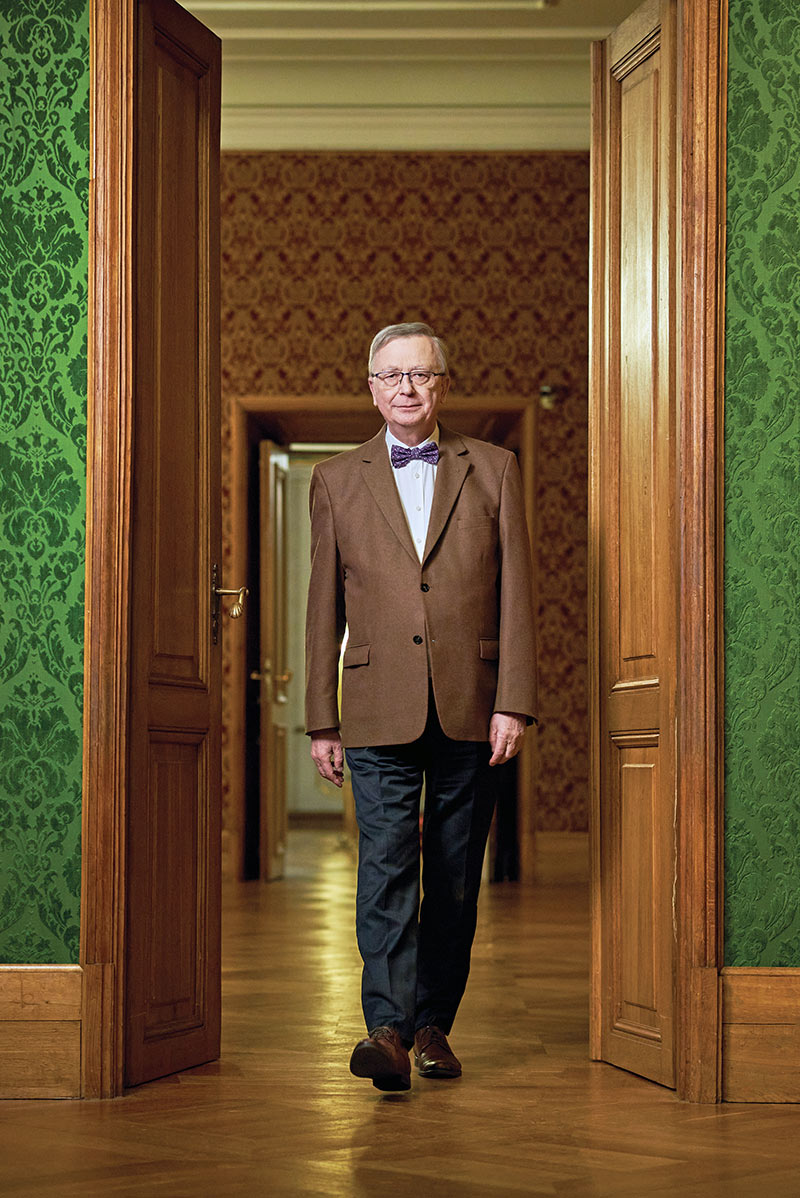
A story about people and their choices.
Yes, about love and duty. Showing people from that period who did not hesitate to risk not only their lives, but also the fate of their entire families. Showing the human drama alongside the great history of this nation.
Will anything happen this year in connection with the celebrations of the anniversary of the reconstruction of the Castle? I know that there are lectures about people associated with the Castle over the years. Is a publication based on these lectures planned?
We want to release such an album, but most of the jubilee events have been moved to 2024, due to the troubles caused by the war in Ukraine. We will reopen a modernized, improved and more attractive version of the Destruction and Reconstruction exhibition. We want to provide overseas visitors and the youth of today with an engaging presentation of how the Castle was rebuilt. We will look at the ambitions, challenges and resistance surrounding the project; how many original pieces were found, and how they were incorporated in the walls. At the same time, we will recount the epic tale of the people and organisations involved, such as the Civic Committee for the Reconstruction of the Castle. We would like to prepare the publication in the form of a chronicle of the 50th anniversary, and a memento of the accompanying exhibitions. As such, it will both document the events held, and commemorate the people who built, painted, decorated and fitted out the Castle. Not only the directors, but above all the staff who breathed life into this Castle. Walls are one thing, but they need to be brought to life, to attract the interest of a wide audience and to enrich our cultural lives. This is the goal we’ve set ourselves and I assume the publication will be ready by the end of 2023, and published both online and in print in mid-2024.
A beautiful tribute to the generations that worked on and in the Castle.
The castle is growing. The strength of a good cultural institution is that each team, each generation brings something new and that becomes its legacy. Their achievements are not liquidated, but used as the basis on which more is built.
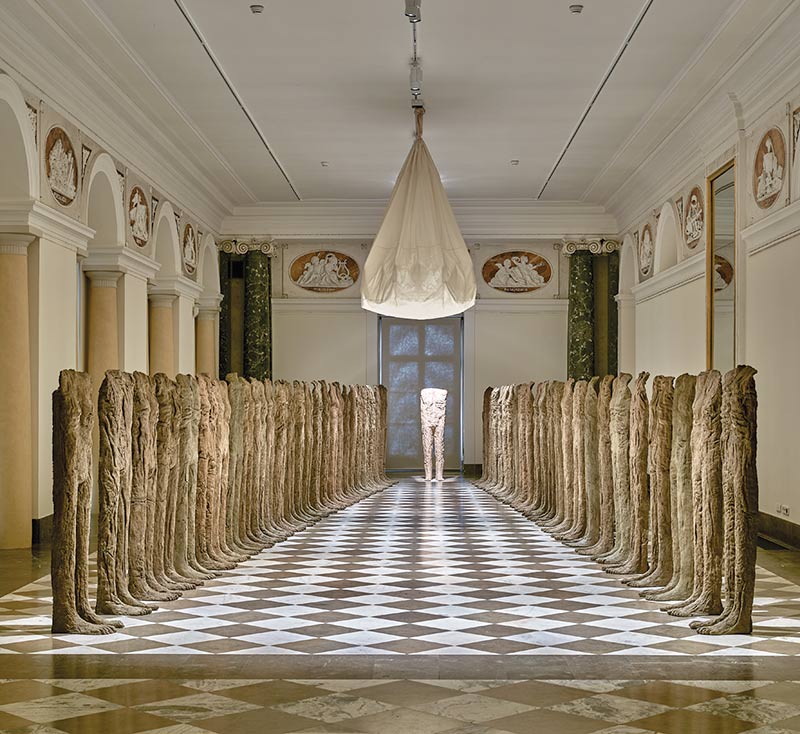
Are there more suprises in store, such as of the exhibition of works by sculptor Magdalena Abakanowicz in the historic interiors of the Castle? How did this idea come about, and should we expect more along these lines?
By all means, but with caution. We want to continue down this path, without abusing the idea. After Abakanowicz, I think there will be another exhibition of modern art. The idea is twofold. We want to juxtapose the classical art found within the Castle’s old interiors and the most contemporary art, which has a different aesthetic, but makes a good case for itself. Abakanowicz has succeeded in finding her place in the Royal Library, and not in a confrontational or conflicting way, as might have been feared. This is art that appropriates space, is a bit predatory, leaves no one indifferent, and in this very orderly space from the 18th century it looks great. It was a bit surprising, and at the same time presents Abakanowicz’s sculptural figures in a completely new light. For the Castle, it is a breath of fresh air and an invigorating new perspective. And the second idea is to show the Castle as an institution that responds to the Zeitgeist. It commands respect and does not relinquish its prestige, while still showing a clear connection to the modern world with its new aesthetics, new audiences, and completely new requirements when it comes to the presentation of art. This is what is happening at the Castle at the moment and we are very pleased with the initial public response, because it has aroused interest, stimulated reflection, and attracted a new audience to our Gallery of Masterpieces.
It also requires a new approach to marketing, because you need to get your message across to viewers who might not be interested in historic interiors, but in art in general. Is this also a new challenge for the Castle?
Certainly, and we do have to innovate. It’s definitely a new and different audience, as well as a slightly different cultural impulse. Young people from the ballet school in Gdańsk danced at the opening of the current exhibition. The choreography was contemporary and suited to the artist’s installation and sculptural forms. It was something completely different from the minuet we are used to seeing against the backdrop of our interiors and decor. And yet the performance was very well received. And, quite frankly, that was our intention.
What inspired this anachronistic presentation of Abakanowicz’s scupltural works at the Castle?
The idea came from the director, but as I said, the idea was something else, from another planet. In order to juxtapose old art with a new sensitivity, and with a different aesthetic, both in the dance and the exhibition itself. Confrontation works as both an exhibition title, and as a perverse statement that good art defends itself in all circumstances, and it can fit into a completely different context.
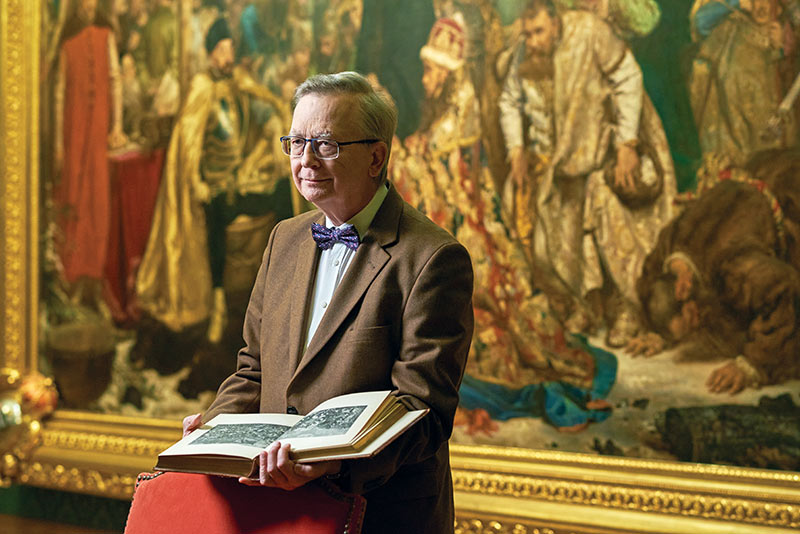
Can you divulge what surprises await us this year, or is it still too early?
No, it’s too early. But it’s no secret that a well-known Polish collector approached me at the opening and proposed a new exhibition of contemporary art.
You opened the door with this exhibition.
Yes. The idea is very interesting and we are considering whether we are able to implement it. I won’t reveal anything yet, but I’m sure it will arouse great interest.
The exhibition calendar of the Castle is full until the end of 2024 and it’s hard to find a window. We try to take into account every idea, and at the moment we have a lot of attractive proposals. If they are individual works of outstanding artists, we could still manage it, as they can always be exhibited in the Royal Apartments or in the Gallery of Masterpieces. Larger exhibitions will be challenging though, especially since we want to grant the Lviv National Gallery’s request to provide shelter to its collection of theatened paintings and put them on display in Poland for the first time since 1945. The collection will arrive in June after first visiting Vilnius. I am in the last stages of talks and the formal signing of the contract, so it is a very secure project.
Can you reveal what you will be keeping a look out for this year, and what you would like to acquire for the Castle?
I’d like to come at that from a different angle. First of all, I would like to show the public my previous acquisitions. We have some excellent works by artists held by only a few of the world’s leading galleries, and I would like to display them. Secondly, I would like above all to see Uccello’s Madonna and Child from the 1430s stay at the Castle for good. I would certainly like to complete the collection of Meissen porcelain from the first half of the 18th century. We are nearing the finish line, because in mid-2024 we want to open a porcelain gallery, and this is strategically driving our current acquisition policy. I would certainly like to buy some capriccios – fantasy vedutas by Guardi, Tiepolo and Antonio Canal from the beginning of the 18th century – as an introduction to our Bellotto collection. These objects are already in our sights. We know where they are, and all that remains is to find the right amounts of money.
Fortunately, the art market can be unpredictable. Astonishing things can pop up, like Bellotto’s manège, which I mentioned earlier. The appearance of this at auction surprised us, but we immediately seized the opportunity. I also know about a painting from Caravaggio’s workshop, which was definitely at least partially painted by the master. The question remains whether we can afford to buy it.
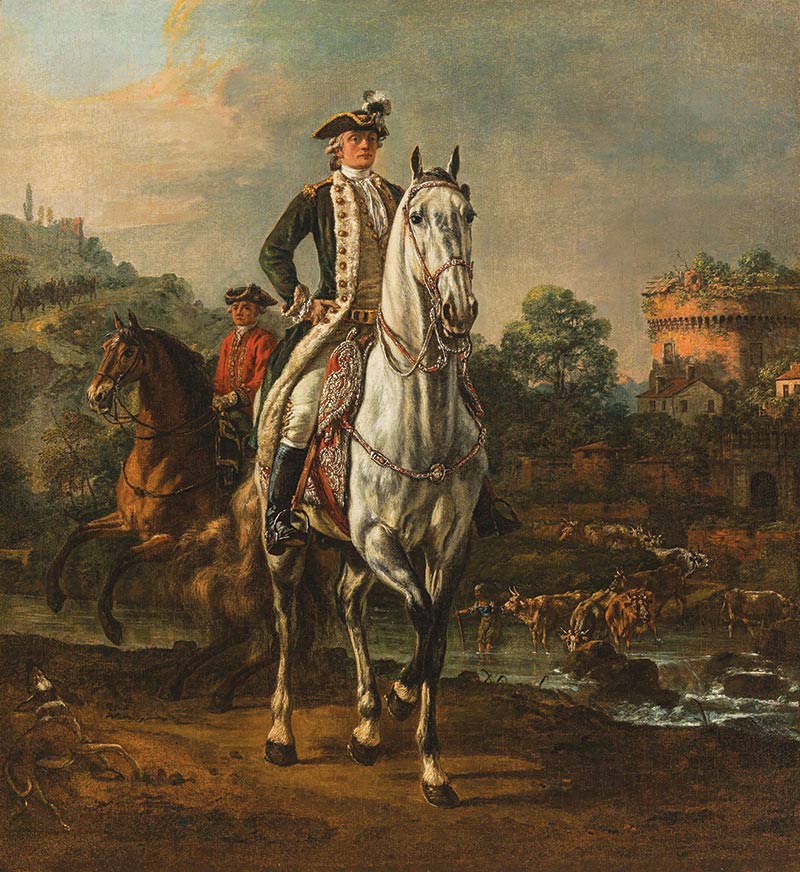
You have to choose, and these are obviously not easy choices. I guess you can’t have everything.
No, you can’t, mainly because of the inability to get the necessary funds together. Every museum has financial constraints and no museum has as much money as it would like to have. We are very much counting on patrons to support our expensive exhibition program. Specialized transport and insurance are fundamental costs that accompany any exhibition of masterpieces from around the world. It is impossible to do this without a large budget. The second thing is just supplementing and enriching our collection in the Gallery of Masterpieces. We already have made some breakthroughs in that regard, but we would still like to significantly grow our collection and improve its ranking. This can only be achieved through very expensive acquisitions.
So far, it seems to be working.
I was told about a symposium of art historians, who were discussing our acquisitions. One of them said that they had developed a toothache from grinding their teeth in envy.
That’s quite a compliment.
Yes, that’s why I like telling that story (laughs).
In a conversation two years ago, you said that you had two main goals. The first was to see the Castle admitted to the elite group of royal residences in Europe, and the second was to build a great museum. You gave yourself ten years to achieve that. How are things going, and are you still on track?
Both goals remain, and they aren’t mutually exclusive. So far, we’re making excellent progress, and I hope we can keep it up. The war doesn’t help, but we’re trying to take advantage of every opportunity. And we’re succeeding. I believe that over the next five or six years, we will be in a position to largely achieve these two goals.
We shall keep our fingers crossed. |
